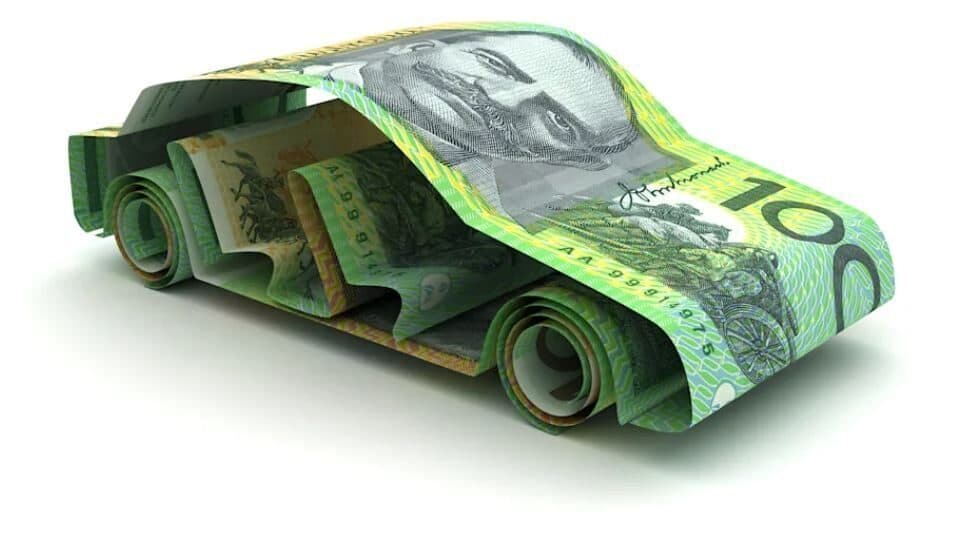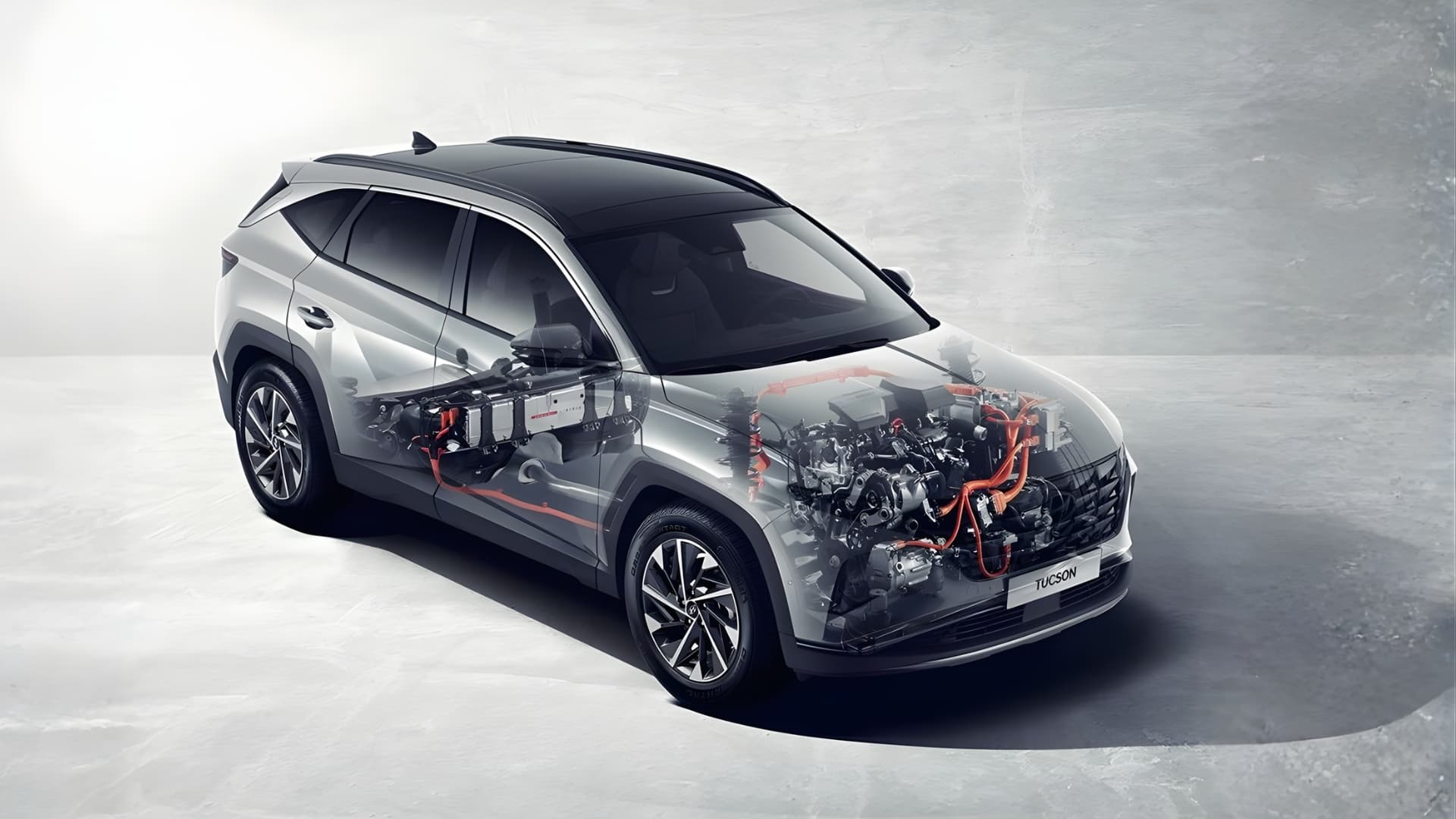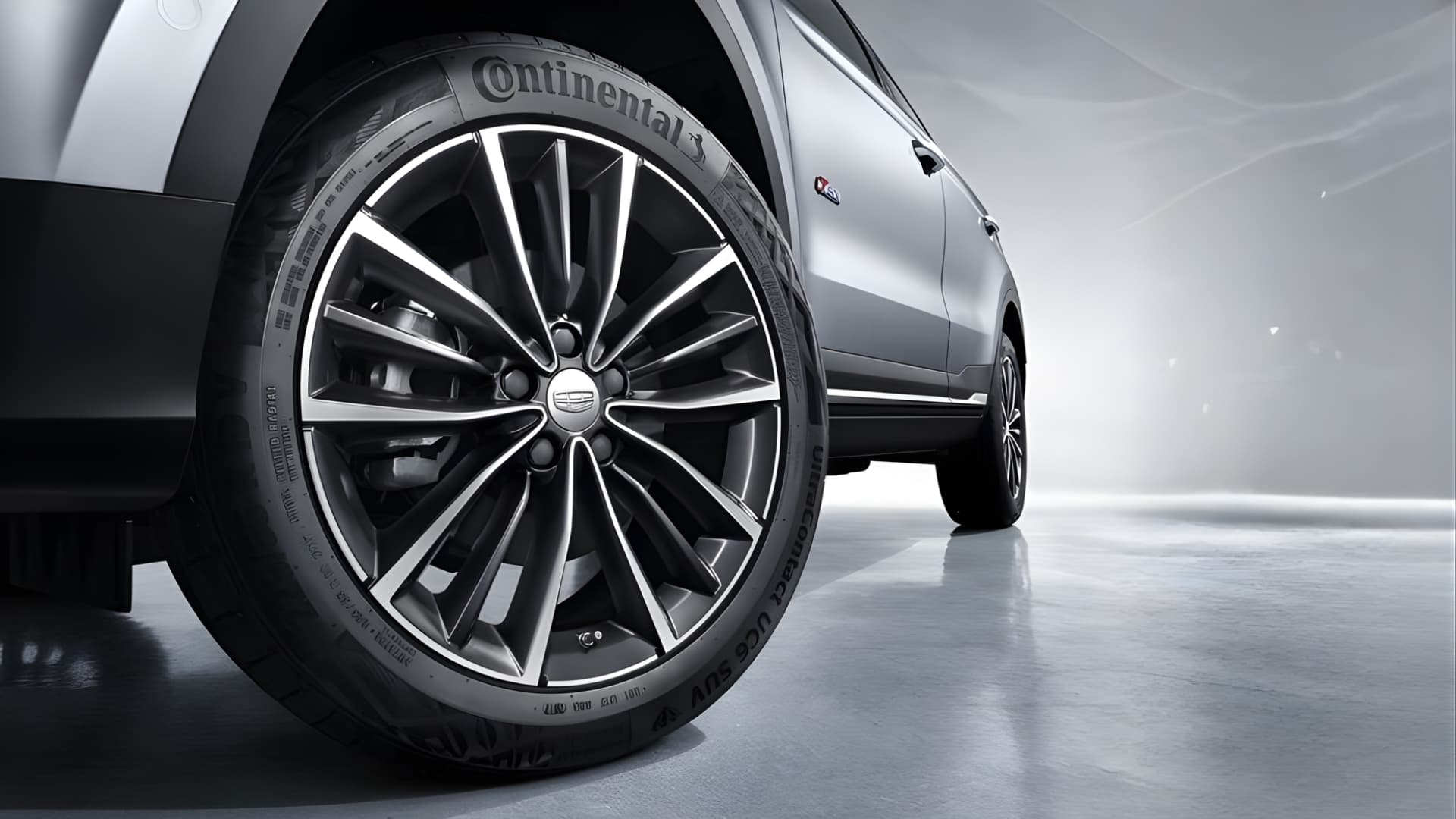
Getting a new car is always exciting. It’s easy to get caught up in the moment and not realise that there may be extra costs involved past the vehicle’s selling price. For instance, stamp duty applies to any transfer of ownership, including properties and cars.
If you buy a new or used car, you’ll need to factor the cost of vehicle stamp duty into the final price.
What Is Stamp Duty on a Car?
Stamp duty is a tax you have to pay when you receive ownership of a property or vehicle. The government charges stamp duty to cover the cost of transferring the vehicle’s registration or the government putting their “stamp” on it.
States and territories have some leeway in calculating vehicle stamp duty, which means that where you buy the car will affect the amount you pay. Some states also use stamp duty to incentivise buying eco-friendly cars, while others have a flat rate regardless of the vehicle type.
Some states will refer to vehicle stamp duty as motor vehicle duty, motor vehicle stamp duty, or simply vehicle registration duty. They all are essentially the same thing, and all apply to both new and used cars.
How Much Is Stamp Duty on a Car in Each State?
Western Australia
Stamp duty on cars in WA uses the dutiable value of the vehicle. For new cars, this is the manufacturer’s list price, while for used cars, it is the reasonable market value.
The WA car stamp duty calculator uses a slightly different method for working out the duty payable on certain values of the vehicle. The basic formula is:
- Cars valued up to $25,000 pay $2.75 per $100 or part thereof.
- Cars valued between $25,001 and $50,000 use a percentage of the dutiable value R, where R = [2.75 + ((dutiable value – 25000)/6666.66)].
- Cars valued over $50,000 pay $6.5 per $100 or part thereof.
If that equation made you cross-eyed, you’ll appreciate the WA vehicle stamp duty calculator found here.
Australian Capital Territory
ACT uses a combination of the car’s price and its Green Vehicle Guide rating.
The federal government ranks cars under four categories, ranging from A to D. A-rank cars are the most eco-friendly, while D-rank cars are high emissions, high fuel-consumption vehicles. The ranking considers several factors, but the most important is the vehicle’s CO2 emission rate.
- Class A cars are leading-edge models that have between 0-130g CO2 emissions/km.
- Class B cars have above-average environmental performance with CO2 emissions of 131-175g/km.
- Class C cars are average performers, producing between 176-220g/km of CO2 emissions.
- Class D cars offer below-average environmental performance and emit more than 220g of CO2 per kilometre.
There are two payment brackets, under and over $45,000, which affect the final stamp duty amount. All cars pay the first bracket up to $45,000. Cars over that value will then pay the second stamp duty bracket on the car’s value that is more than $45,000.
For cars worth $45,000 or less:
- Class A vehicles don’t pay a vehicle stamp duty.
- Class B vehicles pay $1 for every $100 or part thereof on the vehicle’s value.
- Class C vehicles pay $3 for every $100 or part thereof on the vehicle’s value.
- Class D vehicles pay $4 for every $100 or part thereof on the vehicle’s value.
For cars valued at above $45,000:
- Class A vehicles don’t pay a vehicle stamp duty.
- Class B vehicles pay $450 plus $2 per $100 or part thereof on the vehicle’s excess value.
- Class C vehicles pay $1,350 plus $5 per $100 or part thereof on the vehicle’s excess value.
- Class D vehicles pay $1,800 plus $6 per $100 of part thereof on the vehicle’s excess value.
The ACT Revenue Department also provides a useful calculator that you can find here.
New South Wales
New South Wales has a relatively simple stamp duty calculation based on the market value or purchase price of the vehicle – whichever is higher.
- For vehicles $44,999 or less, you pay $3 for every $100 or part thereof.
- For vehicles $45,000 or more, you pay $1350 plus $5 per $100 or part thereof.
The Transport for NSW website has a convenient calculator that you can find here.
Northern Territory
The NT has a simple calculation to work out stamp duty: $3 per $100 or part thereof of the car’s dutiable value.
The tricky part comes in understanding what “dutiable value” means.
Vehicle transactions can be either arm’s length transactions or non-arm’s length transactions.
Arm’s length transactions include any exchange in which the buyer and seller have no mutual interests. Buying a car from a dealership or a used car seller is an arm’s length transaction. Such transactions use the car’s purchase price (sale value) to calculate stamp duty.
Non-arm’s length transactions include exchanges in which the buyer and seller share an interest. Buying a car from a family member or a co-worker is a non-arm’s length transaction. Such transactions use a car’s market value to calculate stamp duty.
You can use the state’s website calculator to get an estimate of the vehicle’s stamp duty. The site also outlines how to determine the car’s dutiable value.
Queensland
Queensland uses the car’s dutiable value and engine type to determine the stamp duty.
To calculate the dutiable value in QLD, you need to follow certain guidelines that differ for new, used, and modified-for-disability vehicles. In general, the dutiable value will either be the purchase or market value, whichever is higher.
For cars with a dutiable value of $100,000 or less, the following calculations apply:
Hybrid and electric vehicles pay $2 per $100 or part thereof.
- 1-4 cylinder, 2-rotor, or steam vehicles pay $3 per $100 or part thereof.
- 5-6 cylinder or 3-rotor vehicles pay $3.5 per $100 or part thereof.
- 7+ cylinders pay $4 per $100 or part thereof.
For vehicles with a dutiable value of over $100,000, the calculations are:
- Hybrid and electric vehicles pay $4 per $100 or part thereof.
- 1-4 cylinder, 2-rotor, or steam vehicles pay $5 per $100 or part thereof.
- 5-6 cylinder or 3-rotor vehicles pay $5.50 per $100 or part thereof.
- 7+ cylinders pay $6 per $100 or part thereof.
When using the stamp duty calculator for QLD cars, make sure to identify the right dutiable value, as this can have a huge impact on your final vehicle stamp duty. The government has a vehicle stamp duty calculator for QLD that you can find here.
South Australia
South Australia bases its stamp duty on the car’s price. An important note is that SA has different stamp duties for personal and commercial vehicles. The state defines commercial vehicles as any vehicles designed solely or mainly to carry goods, so utes, vans, and heavy vehicles are all commercial vehicles, even if you’re buying a ute for driving around town.
For personal use, the duties are calculated as follows:
- Cars valued under $1,000 pay $1 per $100 or part thereof, with a minimum of $5.
- Cars valued between $1,001 and $2,000 pay $10 plus $2 per $100 or part thereof.
- Cars valued between $2,001 and $3,000 pay $30 plus $3 per $100 or part thereof.
- Cars valued above $3,000 pay $60 plus $4 per $100 or part thereof.
Commercial vehicles pay the following duties:
- Commercial vehicles valued under $1,000 pay $1 per $100 or part thereof, with a minimum of $5.
- Commercial vehicles valued between $1,001 and $2,000 pay $10 plus $2 per $100 or part thereof over $1,000.
- Commercial vehicles valued over $2,000 pay $30 plus $3 per $100 or part thereof over $2,000.
The South Australian Revenue Service has a car stamp duty calculator for SA that you can use to compare commercial and non-commercial stamp duties here.
Tasmania
Tasmania uses the vehicle’s market value to determine its stamp duty.
- Vehicles under $600 pay a $20 flat rate.
- Vehicles between $600 and $34,999 pay $3 per $100 or part thereof
- Vehicles between $35,000 and $39,000 pay $1050 plus $11 per $100 or part thereof over $35,000.
- Vehicles valued at $40,000 or overpay $4 per $100 or part thereof.
Understanding the different brackets and how they affect stamp duty can be challenging, which is why the state has a calculator that you can find here. You can also use the same site to calculate any other applicable transfer fees.
Victoria
The state recently introduced a new set of rates. These rates differ depending on whether the car is new or used, its CO2 emissions, and its main purpose. The calculator uses either the market value or purchase price of the vehicle, depending on which is greater.
The car stamp duty calculator in Vic uses the following formulas to calculate stamp duty:
- Green passenger cars that emit less than 120g CO2/km pay $8.40 per $200 or part thereof.
- Primary passenger cars pay $8.40 per $200 or part thereof.
- New commercial vehicles and motorcycles pay $5.40 per $200 or part thereof.
- Used commercial vehicles and motorcycles pay $8.40 per $200 or part thereof.
- New and used vehicles not listed above valued at under $69,152 pay $8.40 or part thereof.
- New and used vehicles not listed above valued between $69,153 and $100,00 pay $10.40 per $200 or part thereof.
- New and used vehicles not listed above valued between $100,001 and $150,000 pay $14 per $200 or part thereof.
- New and used vehicles not listed above valued over $150,000 pay $18 per $200 or part thereof.
You can use the stamp duty calculator at VicRoads to get a good estimate of what you’ll pay for your vehicle.
Times You Don’t Pay Motor Vehicle Duty
There are some exemptions to paying the vehicle stamp duty when taking ownership of a vehicle. These include:
- Receiving the vehicle in a will.
- Receiving the vehicle as part of a divorce settlement.
- You’re an eligible war veteran.
- The car is registered in another state or territory – though you will have to pay interstate duty fees in this instance.
- The vehicle’s primary use is transporting a disabled, handicapped, incapacitated, injured person, or individual who uses a wheelchair.
Different states may also offer their own exemptions and reductions. For instance, in NSW, DV pensioners receive an exemption on vehicle stamp duty if:
- The pensioner receives a disability pension of at least 70%.
- The pensioner has a Totally and Permanently Incapacitated or Extreme Disablement Adjustment pension.
- The pensioner has received more than 50 impairment points under a Military and Rehabilitation and Compensation Act assessment.
These details vary, so it’s a good idea to check what your state or territory’s exemptions are and whether you qualify.
“On the Road” Vehicles
If you’re buying a new vehicle, the dealer may offer you an “on the road” quote. This quote already includes the stamp duty, and the dealer will pay the duty on your behalf.
Unfortunately, this doesn’t apply to used vehicles for which the quoted price is often for the vehicle alone. To get the final total, the buyer will need to calculate the stamp duty, car registration, and other administrative and transfer costs and add them to the quote.
Used car buyers will also have to pay these fees at their local motor registry.
It’s important to consider these additional costs and inconvenience when comparing quotes for similar new and used vehicles. While a used vehicle may look a lot cheaper at first glance, buyers often discover that the true cost is so similar to that of a new car that it would have been easier to let the dealer handle the fees.
At Westside Auto Wholesale, we believe that informed customers make smart buying decisions. We’re always happy to help you calculate the various fees and get the true cost of one of our used vehicles. Pay us a visit at our Perth showroom, view our stock online or get in touch at (08) 6145 0099 today!




